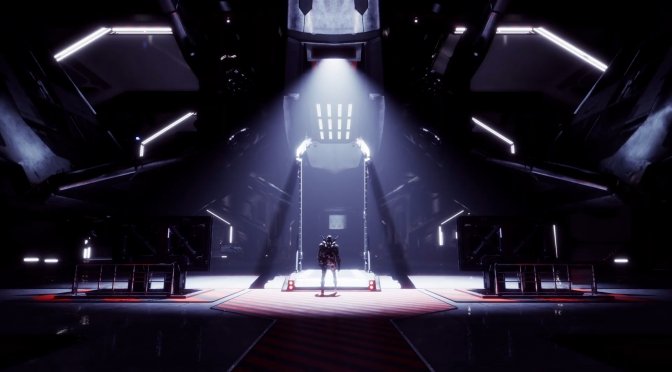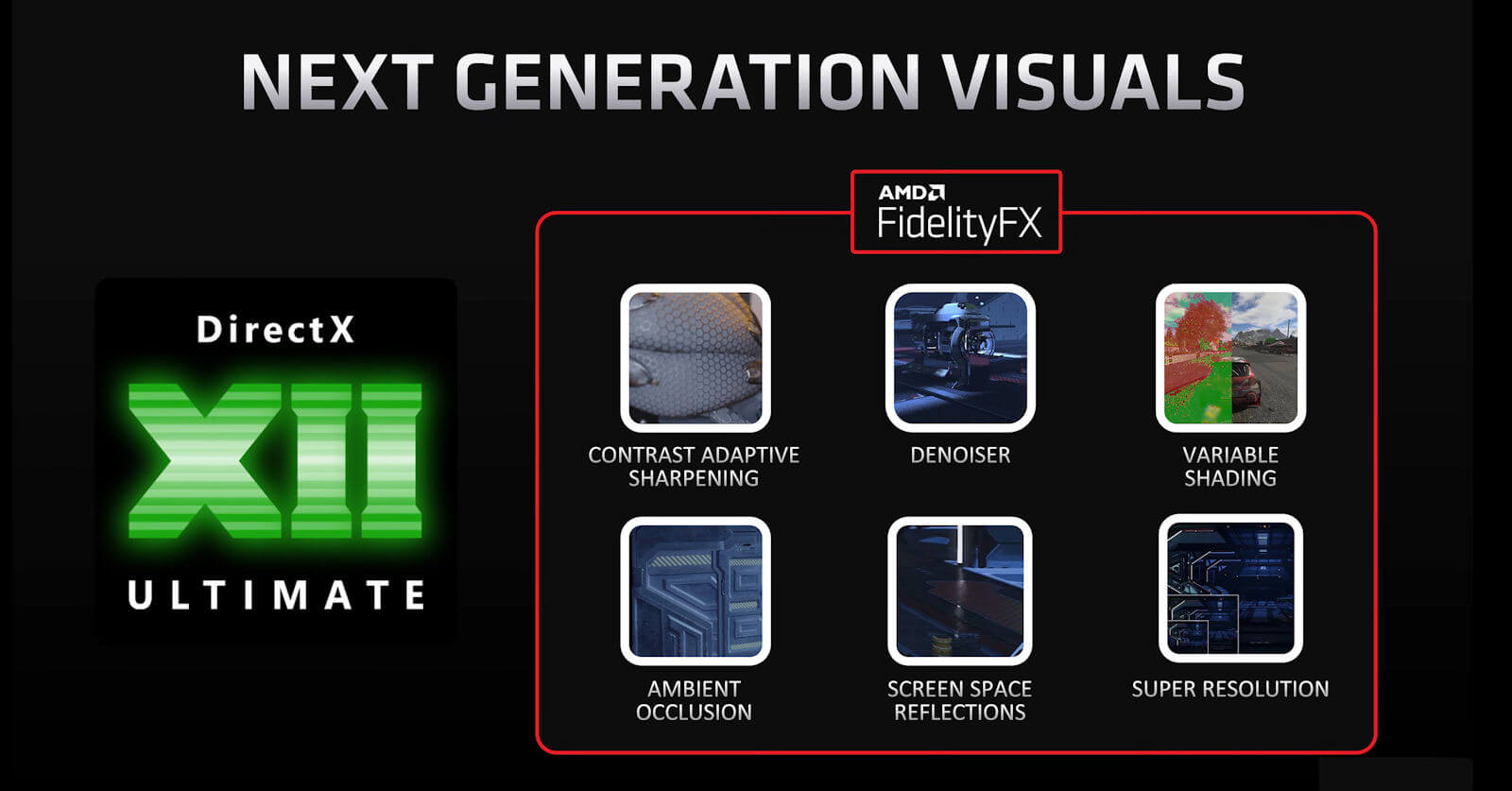We all know by now about NVIDIA’s AI super sampling technique dubbed as DLSS, for real-time use in video games, which uses deep learning to upscale lower-resolution images to a higher-resolution.
As of September 2020, this technology is available on GeForce RTX 20 and GeForce RTX 30 series GPUs. But many have been wondering about AMD’s approach or alternative to DLSS. A lot of gamers have been waiting to hear about AMD’s own approach to its super resolution tech.
Recently, Rick Bergman hinted at a new RDNA 2 GPU feature dubbed as FSR or FidelityFX Super Resolution which happens to be AMD’s response to Nvidia’s DLSS technique, though it will work on an entirely different way.
Many have been wondering whether AMD will also use a similar AI-approach to this super-sampling technique, but the answer to this is a “no”.
Even though AMD has not shared any technical details on its upscaling tech yet, but in a recent Interview/podcast with Scott Herkelman and Frank Azor, AMD emphasized that their version of resolution upscaling and anti-aliasing will be an open-source API and a multi-platform technology.
AMD wants to make this technique fully open source, using a non-proprietary API. This will give the game developers an easy way to implement this tech in games, when it is ready. This feature is going to be a simple plug and play, having a single unique code. So basically AMD does not plan to code for a specific piece of hardware or a particular game.
Secondly, it is going to be multi-platform, and AMD plans to bring this feature to work on the new RDNA2-powered consoles, and AMD graphics cards, as well as on Intel and Nvidia GPUs.
One of the major issues with DLSS is that it’s kind of locked into Nvidia RTX GPUs and APIs. But we still don’t know how AMD’s FidelityFX Super Resolution technology is going to work, and how will it improve the overall Image quality, as compared to DLSS.
AMD’s Super Resolution needs to work on all platforms, so it won’t make sense for the company to lock this feature.
To quote Eric Bergman, from a recent interview with TheStreet:
“We don’t have a lot of details that we want to talk about. So we called [our solution] FSR — FidelityFX Super Resolution. But we are committed to getting that feature implemented, and we’re working with ISVs at this point.
I’ll just say AMD’s approach on these types of technologies is to make sure we have broad platform support, and not require proprietary solutions [to be supported by] the ISVs. And that’s the approach that we’re taking. So as we go through next year, you’ll get a lot more details on it.”
Both the PS5 and XBOX S/X consoles are based on the RDNA 2 architecture. Nvidia has been using RTX and DLSS for quite some time, and it required constant Game developer implementation, before we could see this tech in PC games.
The list of supported games has surely increased over the past 2 years or so, but the adoption rate is still limited. Recently at the AMD Radeon RX 6000 live announcement event, Scott Herkelman also hinted on AMD’s own approach to a similar technique/feature:
“We are always looking to help developers with new initiatives and we are already working on a super-resolution feature to give gamers an option for more performance when using ray tracing.”
The Verge’s Tom Warren received some information on this super-resolution technology as well:
“While AMD is promising to go head to head with Nvidia in 4K gaming and more, the one big missing piece of this battle is a lack of an equivalent to Nvidia’s DLSS. Nvidia’s AI-powered super sampling technology has been transformative for the games that support it, bringing great image quality and higher frame rates by simply toggling a game setting.
AMD tells me it has a new super sampling feature in testing, which is designed to increase performance during ray tracing. The company is promising its super sampling technology will be open and cross-platform, which means it could come to next-gen consoles like the Xbox Series X and PS5.
AMD is working with a number of partners on this technology, and it’s expecting strong industry support. Unfortunately, this won’t be ready for the launch of these three new Radeon RX 6000 Series cards.”
Stay tuned for more!
Hello, my name is NICK Richardson. I’m an avid PC and tech fan since the good old days of RIVA TNT2, and 3DFX interactive “Voodoo” gaming cards. I love playing mostly First-person shooters, and I’m a die-hard fan of this FPS genre, since the good ‘old Doom and Wolfenstein days.
MUSIC has always been my passion/roots, but I started gaming “casually” when I was young on Nvidia’s GeForce3 series of cards. I’m by no means an avid or a hardcore gamer though, but I just love stuff related to the PC, Games, and technology in general. I’ve been involved with many indie Metal bands worldwide, and have helped them promote their albums in record labels. I’m a very broad-minded down to earth guy. MUSIC is my inner expression, and soul.
Contact: Email


